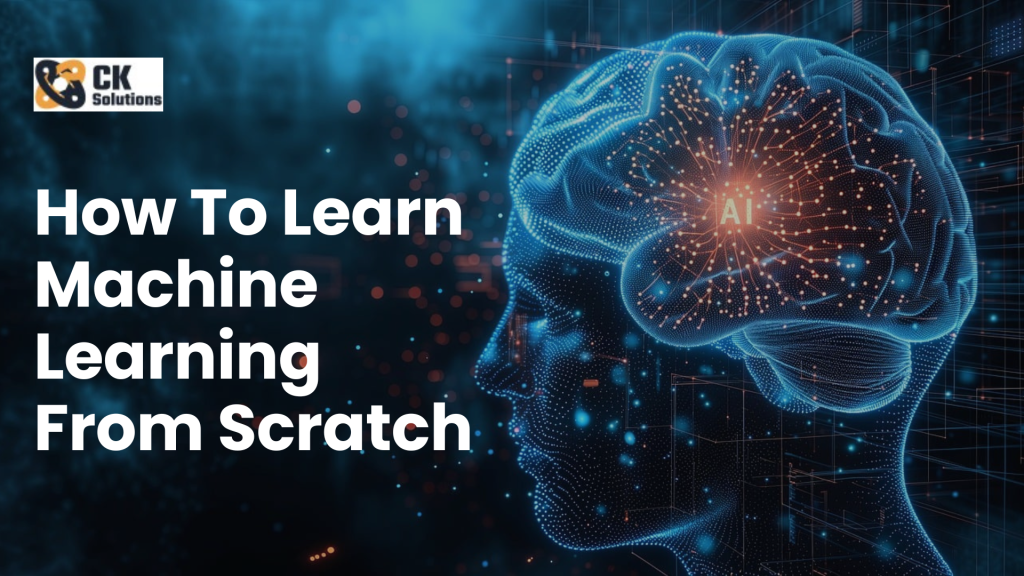Data Scientist vs Data Analyst: What’s the Difference?
In today’s data-driven world, two roles often mentioned are Data Scientist and Data Analyst. While these roles are related and often overlap, they have distinct differences in responsibilities, skills, and career paths. Understanding these differences is crucial for anyone looking to pursue a career in data or for businesses looking to hire the right expertise. What is a Data Scientist? Overview of the Role A Data Scientist is often seen as a “data guru.” They combine skills from computer science, statistics, and domain knowledge to extract insights and create data-driven solutions. Data Scientists often develop complex algorithms, build predictive models, and work on large datasets. Key Responsibilities Developing machine learning models Conducting research to improve data processing and analysis techniques Designing and implementing data-driven solutions Communicating findings to stakeholders through visualizations and reports Staying updated with the latest in data science technologies and methodologies Required Skills Proficiency in programming languages like Python, R, and SQL Strong understanding of machine learning and statistical methods Knowledge of big data technologies like Hadoop and Spark Experience with data visualization tools like Tableau or Power BI Excellent problem-solving and analytical skills Tools and Technologies Used Programming Languages: Python, R, SQL Data Processing: Hadoop, Spark Machine Learning: Scikit-Learn, TensorFlow, Keras Visualization: Tableau, Power BI, Matplotlib What is a Data Analyst? Overview of the Role A Data Analyst, on the other hand, focuses on interpreting existing data to help businesses make informed decisions. They clean, analyze, and visualize data to uncover trends and provide actionable insights. Key Responsibilities Collecting and cleaning data from various sources Performing statistical analysis Creating dashboards and reports Identifying trends and patterns Providing recommendations based on data insights Required Skills Proficiency in SQL and Excel Knowledge of statistical analysis techniques Experience with data visualization tools Strong analytical thinking and attention to detail Good communication skills to convey insights effectively Tools and Technologies Used Data Analysis: SQL, Excel, SAS Visualization: Tableau, Power BI, QlikView Statistical Tools: R, Python Educational Background and Training Typical Education for Data Scientists Data Scientists often have advanced degrees in fields such as Computer Science, Statistics, Mathematics, or Engineering. A Master’s degree or Ph.D. is common, especially for more research-focused roles. Typical Education for Data Analysts Data Analysts usually hold a Bachelor’s degree in fields like Mathematics, Statistics, Computer Science, or Business. Many also complete certification programs in data analysis tools and techniques. Certifications and Further Training For Data Scientists: Certifications in machine learning, big data, and specialized tools like TensorFlow or Hadoop. For Data Analysts: Certifications in data analysis, SQL, and visualization tools like Tableau or Power BI. Daily Tasks and Responsibility Data Scientist Daily Tasks Experimenting with machine learning models Analyzing large datasets Collaborating with other data professionals and domain experts Preparing data for analysis by cleaning and organizing it Reporting and visualizing data insights Data Analyst Daily Tasks Extracting and cleaning data Conducting data analysis using statistical methods Creating and updating dashboards and reports Presenting findings to business stakeholders Monitoring and ensuring data quality Approach to Data How Data Scientists Approach Data Data Scientists typically work with raw data and focus on creating new data models or improving existing ones. They delve deep into the data, exploring different angles and developing algorithms that can predict future trends. How Data Analysts Approach Data Data Analysts usually start with cleaned, structured data. Their main goal is to extract meaningful insights that can directly impact business decisions. They often focus on understanding past performance and current trends. Problem-Solving Techniques Data Scientist Problem-Solving Techniques Developing custom algorithms Using machine learning to automate decision-making processes Applying statistical models to predict future outcomes Experimenting with different data preprocessing techniques Data Analyst Problem-Solving Techniques Utilizing descriptive statistics to summarize data Implementing exploratory data analysis (EDA) Creating visualizations to identify patterns and trends Comparing historical data to identify shifts or anomalies Career Path and Progression Typical Career Path for Data Scientists Data Scientists often start as junior data scientists or data engineers. With experience, they can advance to senior data scientist roles, and eventually, to positions such as lead data scientist or data science manager. Typical Career Path for Data Analysts Data Analysts typically begin their careers as junior analysts or business intelligence analysts. As they gain experience, they can move into senior analyst roles, and eventually, to positions like data analytics manager or director of analytics. Salary and Job Outlook Average Salary for Data Scientists Data Scientists tend to earn higher salaries due to the complexity and technical nature of their work. In the United States, the average salary is around $120,000 per year, but it can go significantly higher depending on experience and location. Average Salary for Data Analysts Data Analysts earn less than Data Scientists on average, but still enjoy competitive salaries. The average salary in the United States is around $70,000 per year, with variations based on experience, industry, and location. Job Market Trends Both roles are in high demand due to the increasing importance of data in decision-making processes. The job market for Data Scientists is expected to grow faster, reflecting the expanding scope and complexity of their work. Industry Applications Industries Hiring Data Scientists Technology Healthcare Finance E-commerce Manufacturing Industries Hiring Data Analysts Retail Marketing Finance Healthcare Government Real-World Examples Example Projects by Data Scientists Developing recommendation engines for e-commerce platforms Creating predictive models for healthcare outcomes Building fraud detection systems for financial institutions Example Projects by Data Analysts Analyzing sales data to identify seasonal trends Monitoring social media metrics to gauge marketing campaign effectiveness Evaluating customer feedback to improve service delivery Key Differences at a Glance Summary of Main Differences Data Scientists are more focused on creating and refining predictive models. Data Analysts concentrate on interpreting existing data to provide actionable insights. Data Scientists require more advanced programming and statistical skills. Data Analysts often work more directly with business stakeholders to understand and present data. Table Comparing Data Scientist and Data Analyst Aspect Data Scientist Data Analyst Primary Focus Predictive modeling Data interpretation Skills Required Programming,
Data Scientist vs Data Analyst: What’s the Difference? Read More »








